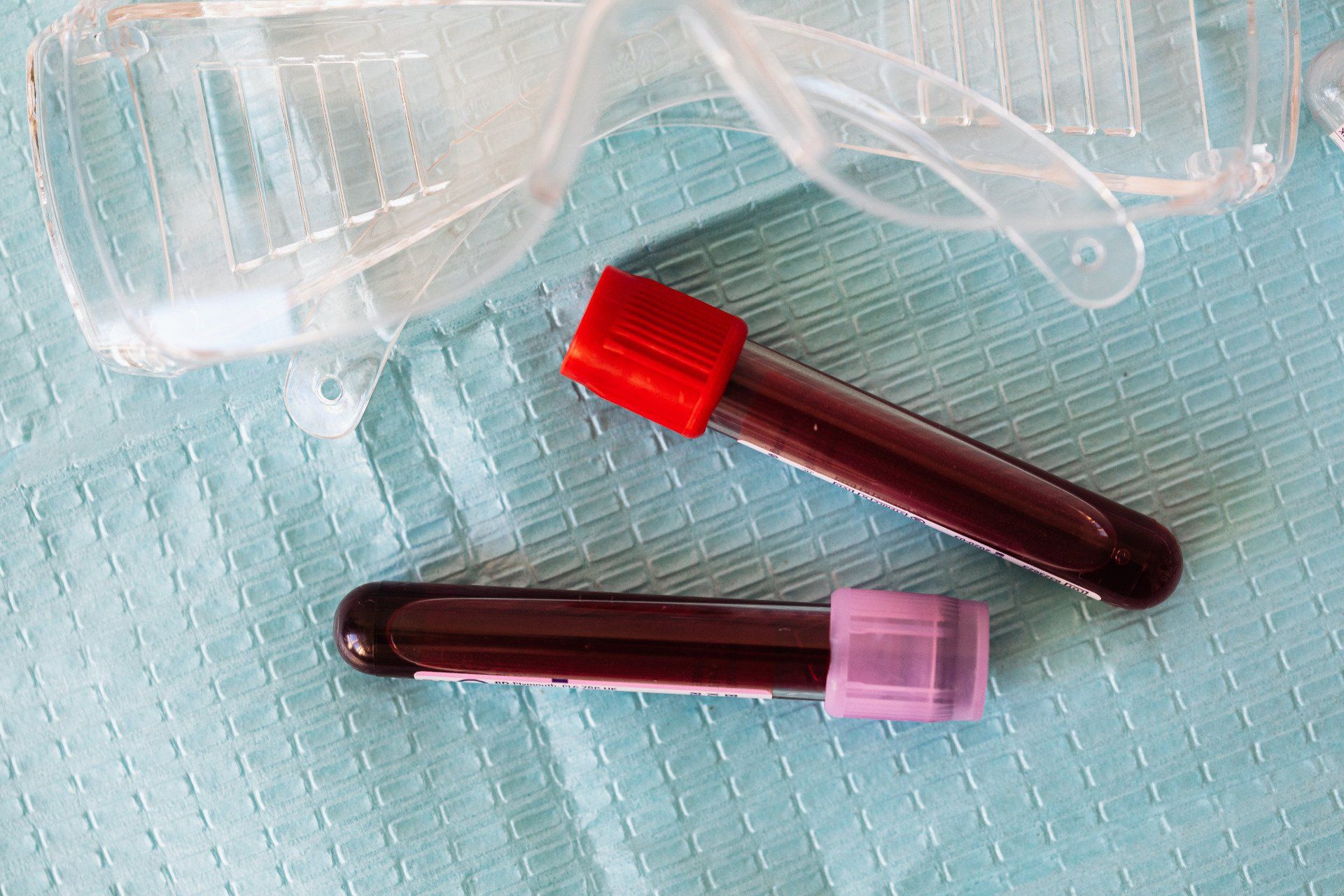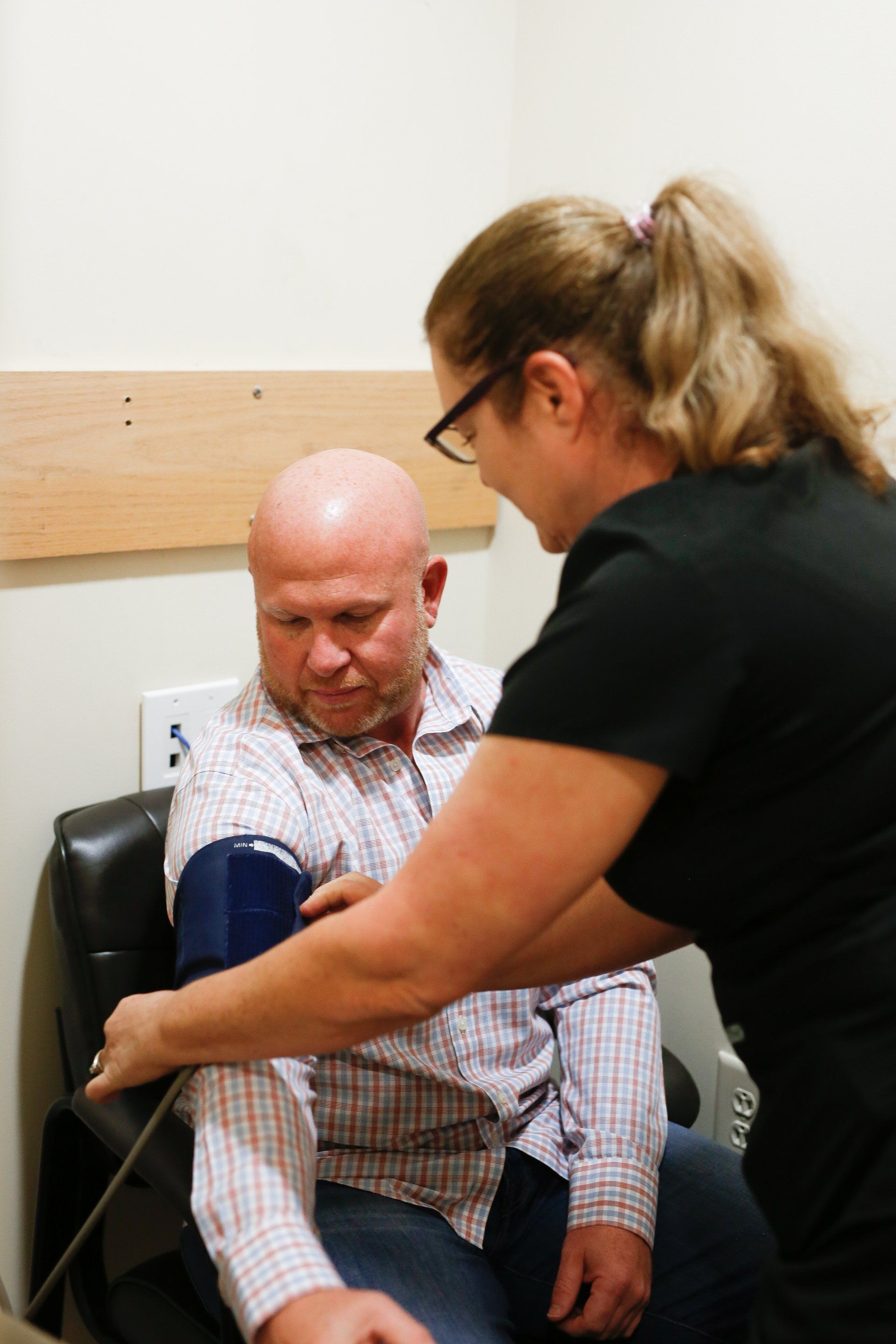By Stevie Smoot
•
September 17, 2023
Discovering the Power Within: The Benefits of Breathwork In our fast-paced and often stressful world, it's easy to forget the incredible power of something as simple as our breath. Yet, throughout history, various cultures have recognized the profound impact that conscious breathing can have on our physical, mental, and emotional well-being. Breathwork, a term used to describe intentional and controlled breathing exercises, has gained popularity in recent years as people seek natural ways to reduce stress, improve their overall health, and unlock their full potential. In this blog, we will explore the numerous benefits of breathwork and how it can be a transformative practice for anyone willing to explore its depths. Stress Reduction One of the most immediate and noticeable benefits of breathwork is its ability to reduce stress and anxiety. Deep, rhythmic breathing activates the body's relaxation response, which helps lower cortisol levels and induces a sense of calm. Whether you're dealing with the pressures of daily life or facing a particularly challenging situation, taking a few minutes to practice breathwork can help you regain control over your emotions and find a sense of inner peace. Improved Mental Clarity Clearing the mental clutter is essential for maintaining focus and making sound decisions. Breathwork techniques such as mindfulness meditation and the 4-7-8 breath (read more on this technique below) can help you achieve mental clarity by promoting a state of mindfulness. When you engage in these practices, you become more present and aware, allowing you to let go of distracting thoughts and concentrate on the task at hand. Enhanced Physical Health The connection between our breath and physical health cannot be overstated. Deep breathing improves oxygenation of the body, leading to better circulation and increased energy levels. Moreover, it aids in digestion, supports the immune system, and can even reduce inflammation. Through regular breathwork, individuals may experience a boost in overall vitality and improved physical well-being. Emotional Release Our emotions are closely tied to our breath, and breathwork provides a safe space to explore and release pent-up emotions. Conscious breathing can help you process and release suppressed feelings, allowing you to experience emotional freedom and a greater sense of inner peace. This aspect of breathwork can be especially valuable for those dealing with trauma or emotional challenges. Enhanced Self-Awareness Breathwork can serve as a gateway to self-discovery. When you focus on your breath, you become more attuned to your body, mind, and emotions. This heightened self-awareness can lead to a deeper understanding of yourself, your thought patterns, and your triggers. As you gain insight into your inner world, you can work towards personal growth and development. Improved Sleep Quality Sleep is vital for our physical and mental well-being, and breathwork can help improve the quality of your sleep. Deep, intentional breathing before bedtime can calm the nervous system, making it easier to fall asleep and stay asleep. Additionally, breathwork can reduce the occurrence of sleep disturbances caused by stress and anxiety. Enhanced Resilience By practicing breathwork regularly, you can develop greater resilience in the face of life's challenges. When you have a toolbox of breathwork techniques at your disposal, you're better equipped to manage stress, anxiety, and difficult situations. This resilience can lead to a more balanced and fulfilling life. Conclusion Breathwork is a powerful and accessible tool that anyone can use to improve their physical, mental, and emotional well-being. Whether you're looking to reduce stress, enhance your mental clarity, or embark on a journey of self-discovery, breathwork offers a range of benefits that can positively impact your life. It's a simple yet profound practice that empowers individuals to harness the incredible power of their breath, paving the way for a healthier, happier, and more resilient self. So, take a deep breath and explore the transformative potential of breathwork – it might just change your life for the better. 4-7-8 Breathing technique: The 4-7-8 breathing technique, also known as "relaxing breath," is a simple and effective breathing exercise that can help reduce stress, promote relaxation, and improve overall well-being. It's often used to calm the mind and body, making it easier to manage anxiety, fall asleep, or regain composure in stressful situations. This technique is based on an ancient yogic practice called pranayama and was popularized by Dr. Andrew Weil, a renowned integrative medicine expert. Here's how to do the 4-7-8 breathing technique: Find a Comfortable Position: Start by sitting in a comfortable chair with your back straight, or you can choose to lie down on your back if that's more comfortable for you. Place the tip of your tongue against the roof of your mouth, just behind your upper front teeth. Keep your lips slightly parted throughout the exercise. Exhale Completely: Take a deep breath in through your nose, filling your lungs to their maximum capacity. Then, exhale completely through your mouth with a gentle whooshing sound. This is the starting point for the 4-7-8 cycle. Inhale Quietly Through Your Nose for a Count of 4: Close your mouth and inhale silently through your nose to a mental count of 4. Try to inhale smoothly and evenly, not rushing or forcing the breath. Hold Your Breath for a Count of 7: After you've completed the 4-second inhalation, hold your breath for a count of 7. During this phase, focus on maintaining stillness and keeping your body relaxed. Exhale Slowly and Completely Through Your Mouth for a Count of 8: Now, exhale slowly and completely through your mouth to a count of 8. As you exhale, release any tension in your body, and let go of any remaining air. Repeat the Cycle: This completes one cycle of the 4-7-8 breathing technique. Now, start again from step 2 and continue the cycle for a total of four breaths. After practicing a few times, you can gradually increase the number of cycles as you become more comfortable with the technique. Tips for Effective Practice: Ensure that your breaths are slow, gentle, and controlled throughout the exercise. Keep your focus on your breath and the counting, which helps redirect your attention away from racing thoughts. It's essential to maintain the 4-7-8 ratio (4 seconds inhale, 7 seconds hold, 8 seconds exhale) for optimal results. Practice this technique at least twice a day or whenever you need to reduce stress or induce relaxation. The 4-7-8 breathing technique can be a valuable tool for managing stress, anxiety, and even improving sleep quality. It's a simple practice that can be done anywhere and anytime you need to find a moment of calm and center yourself.






